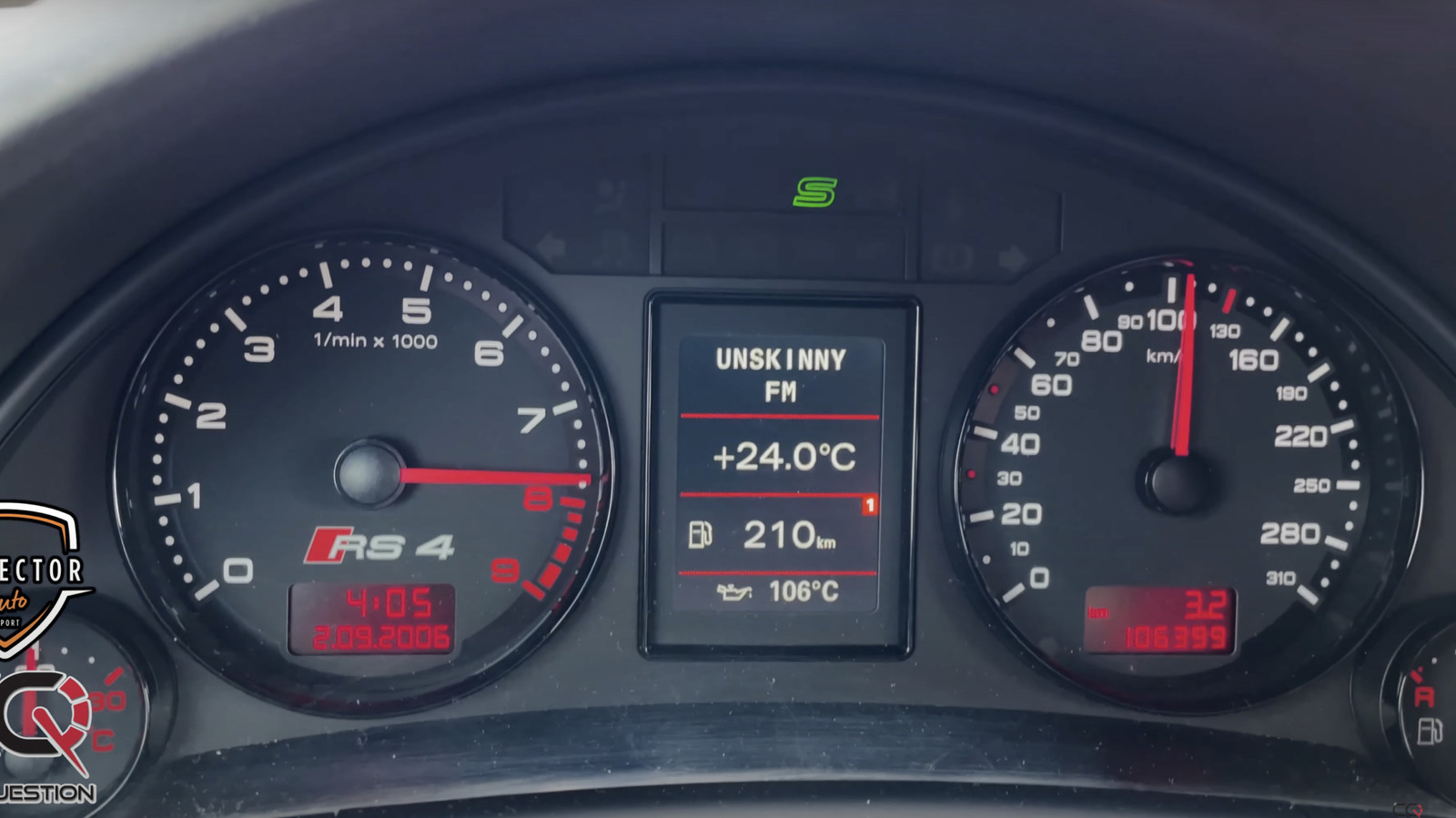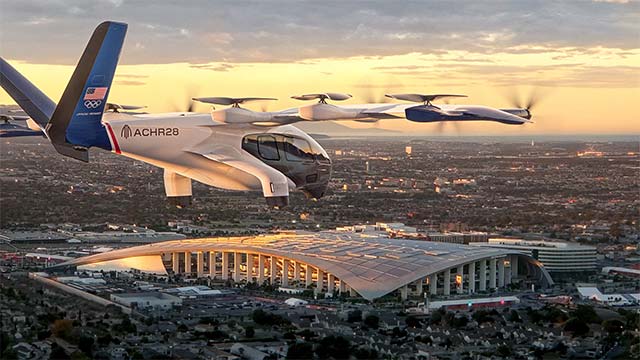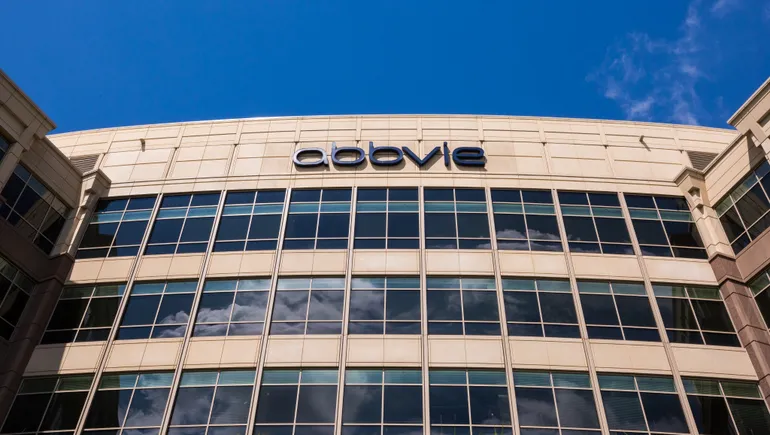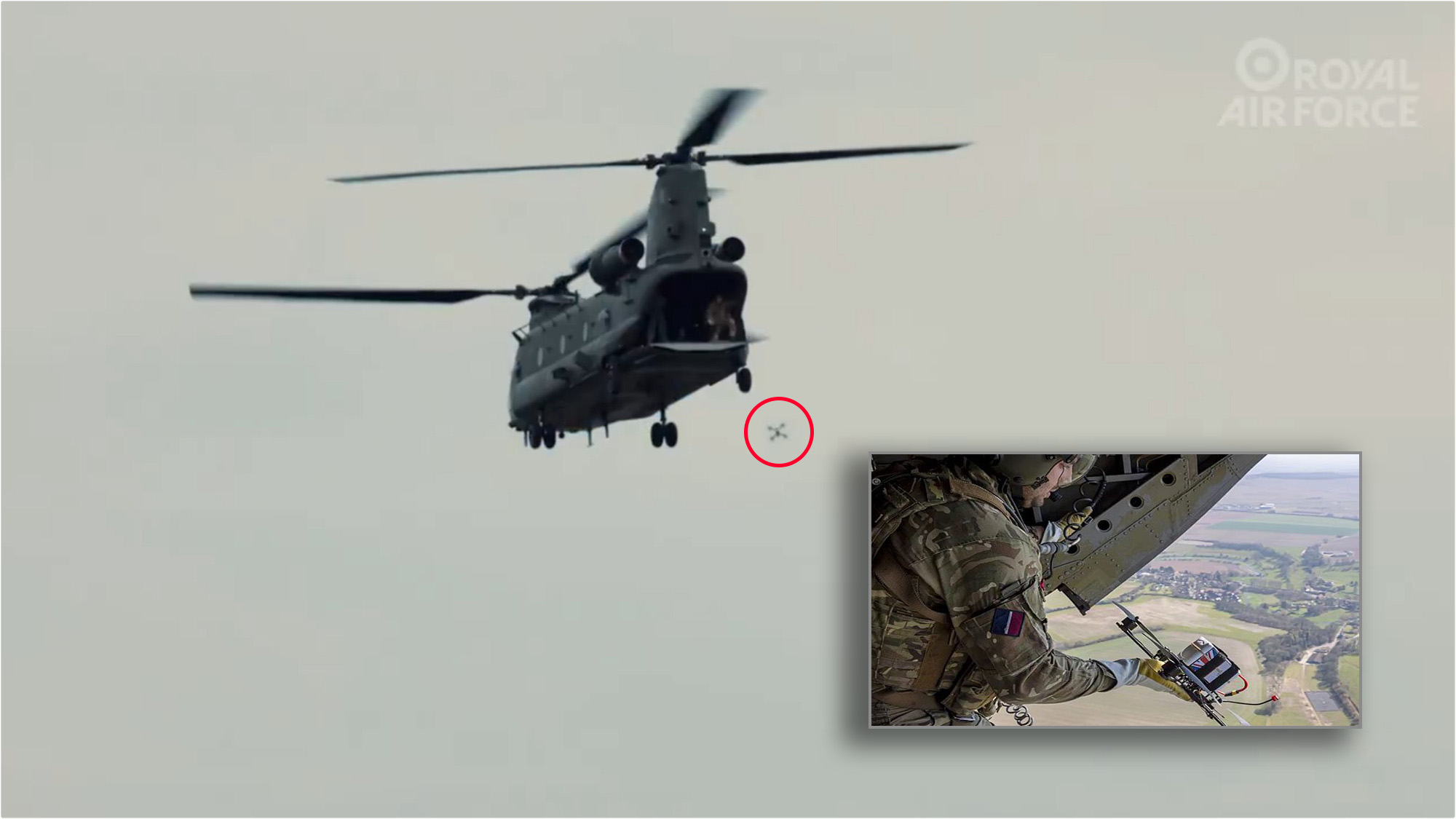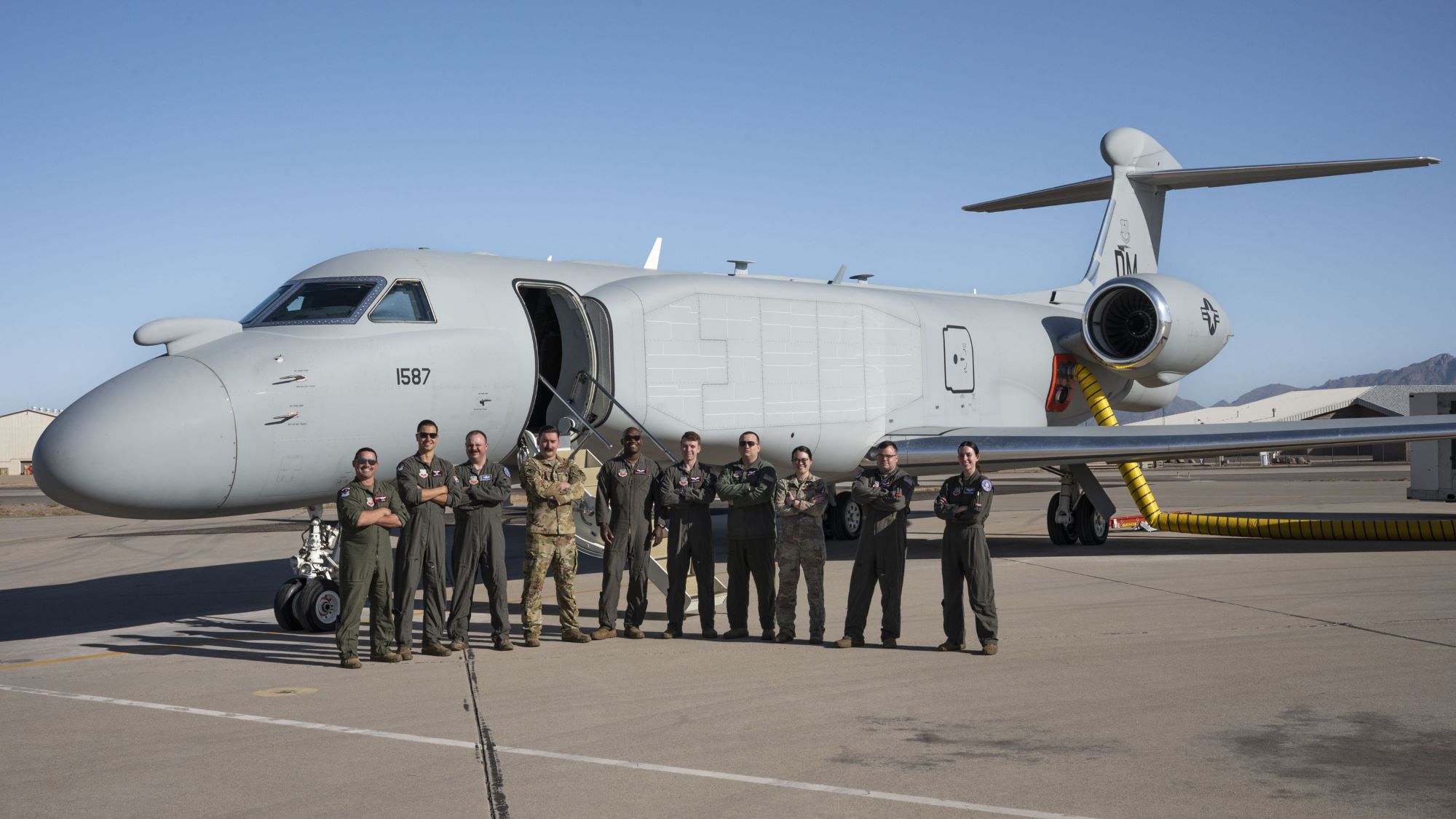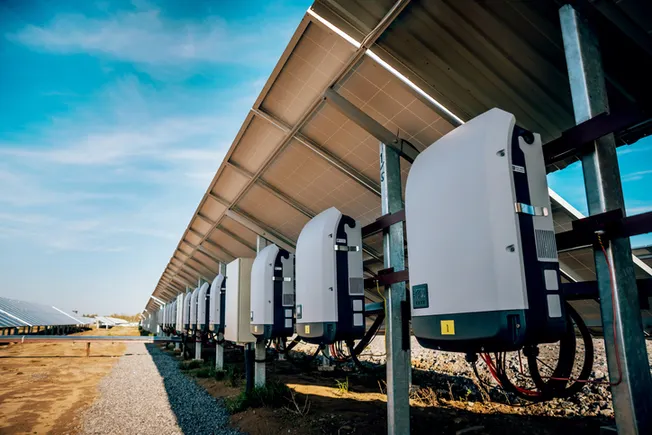How can freight tech companies stand out in a crowded field?
David Bell, founder and CEO of CloneOps.ai, discusses what freight tech providers need to do in order to add value to the industry and reach the smaller logistics companies that are less likely to innovate. The post How can freight tech companies stand out in a crowded field? appeared first on FreightWaves.


The freight technology landscape is evolving rapidly, but adoption remains uneven across the logistics industry. During the April 30 episode of What the Truck?!?, host Timothy Dooner sat down with David Bell, founder of CloneOps.ai, to talk about the challenges and opportunities facing logistics companies as they navigate technological transformation.
While freight tech companies have been adding value to logistics operations for years, many smaller companies remain hesitant to embrace new technologies.
“You still have a huge number of smaller companies who are just keeping their heads down and focusing on moving freight, giving the customer the best experience possible, and not even thinking about expanding with new technologies,” Bell said. “It’s hard for a lot of these organizations to deploy and get value out of new tech right away.”
The conversation about logistics technology often focuses exclusively on industry giants and the cutting edge of new tools and methods, but the fact is that many trucking companies take a relatively conservative approach to novel technologies.
“When we talk about the huge brokers and freight companies deploying new tech, we lose sight of the fact that logistics consists of a ton of small companies who are just out there surviving,” Bell said.
The result is a significant untapped market for technology providers who can create accessible solutions. “There’s a lot of potential out there if we can reach the smaller trucking and logistics companies with cost-effective solutions, because a lot of them aren’t even thinking about adopting anything new right now,” Bell said.
Even when company leadership recognizes the need for technological advancement, implementation faces significant hurdles at the operational level. Heavy workloads and cash flow concerns are some primary obstacles Bell has observed throughout his career.
“Unfortunately, on the operations side, even when executives want to go in a new direction, the workload prevents a lot of employees from having the time to train and experiment with new technologies,” Bell said.
Bell’s firsthand experience reveals a common disconnect between executive vision and operational reality. “You can have support from the top down with a new product or process, but when you get down to the operations floor, everything seems to go wrong,” he said. “A lot of people look for any reason not to change something they’re comfortable with.”
The challenge is particularly acute during transitions to new systems.
“Adopting something new is scary to people in the trenches,” Bell said. “When you adopt a new TMS, for instance, the operations employees have to essentially do double work for a period of time while they’re learning to manage it, and the executive floor doesn’t necessarily feel that pain.”
Bell sees generational shifts as a potential catalyst for change in the industry.
“In those companies that are bringing in the more tech savvy younger generations, we’ll see a bigger transition from the old-school mentality,” Bell said. “To adapt, you have to have people who are willing to make big changes.”
For Bell, incentivization is crucial to successful technology implementation. “When you’re deploying any kind of new technology, you have to properly incentivize employees to make it work and get ROI,” he said. “They need to also see a piece of that ROI or they don’t have an incentive to take on difficult adjustments.”
This insight speaks to a fundamental principle of management in logistics: aligning organizational goals with individual motivations. “If you don’t give your staff incentives to make your operation better, you’re swimming uphill,” Bell warned.
One of the most promising applications of AI in logistics, according to Bell, is breaking down language barriers that currently impede operations.
“One really crucial feature we have with CloneOps is that we can call drivers and talk to them in their language,” Bell said. “That will help logistics operations tremendously, as drivers who don’t speak English as a first language can now more easily communicate with American fleet managers who speak primarily English,” Bell said.
CloneOps.ai is actively addressing this challenge by building a translation mechanism for fleets. “We’re working with one broker located in a part of the country where they don’t have a lot of opportunities to hire bilingual employees, and we’re helping them with the ability to communicate effectively with every driver, no matter what the language barrier is,” Bell said.
Even so, the potential benefits of AI translation and AI voice agents extend beyond operational efficiency, Bell predicts.
“Being able to communicate across language barriers with any driver is going to be a huge help for a lot of the industry and can tighten up capacity across the board,” Bell said.
When it comes to success in freight tech, Bell is more concerned with customer service and sound business fundamentals than pure technological innovation.
“As long as you have good service and put the customer first, provide what people actually need, and maintain a good internal culture and philosophy, everyone can win in this space,” he said.
Much like the TMS market, it’s likely that AI and other technological innovations will leave room for a wide range of competitive options.
“Who wins in the TMS space?” Bell asked. “There are hundreds, plus even more proprietary ones, and they mostly have found their niches and work with other people in their network.”
Depending on perspective, Bell says, there is opportunity rather than just cutthroat competition in the logistics technology sector.
“There are thousands and thousands of customers, and that’s just in transportation,” Bell said. “As long as you have a good business model and you’re funded properly to account for the fact that tech isn’t always profitable right away, I think most people are going to win.”
The logistics technology landscape extends far beyond the headlines about industry giants implementing cutting-edge solutions. The vast majority of the sector consists of smaller operations struggling with basic adoption challenges, creating both obstacles and opportunities for technology providers.
Successfully bridging this gap requires understanding the operational realities of logistics companies and properly incentivizing employees to embrace change. The future of freight tech belongs not necessarily to the most advanced solutions, according to Bell, but to those that effectively address the practical needs of a diverse and evolving industry.
“There are big players raising millions, and smaller companies bootstrapping their operations and making things work,” Bell said. “It’s hard to tell how it will play out. It’s like the tortoise and the hare – you never know what will happen along the way.”
Click here to book a CloneOps.ai demo.
The post How can freight tech companies stand out in a crowded field? appeared first on FreightWaves.













